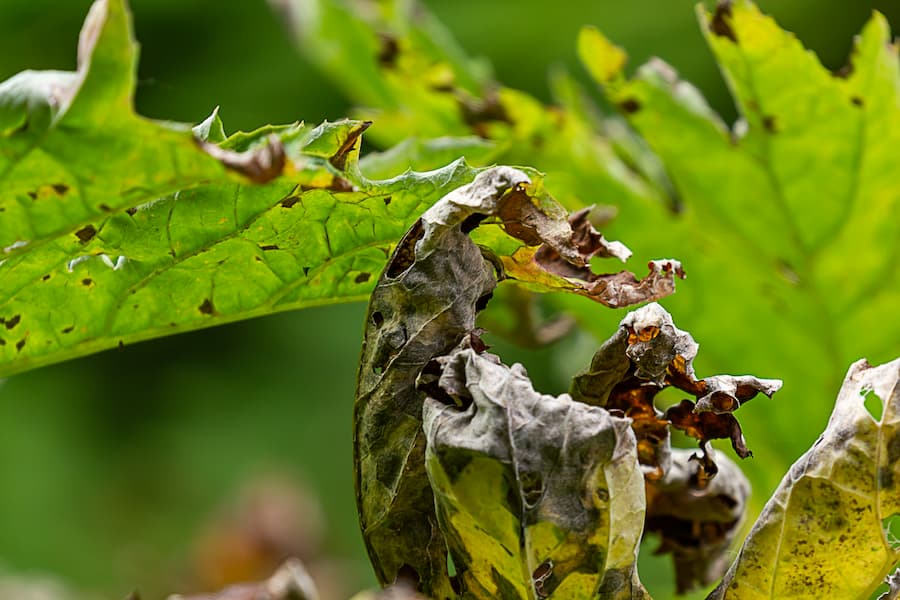This Article Includes Signs of a Dying Maple Tree:
- Introduction
- Signs of a Dying Maple Tree
- Potential Causes of Maple Tree Decline
- Managing and Treating Maple Tree Decline
- Conclusion
Introduction
Maple trees are beloved for their vibrant foliage and graceful appearance, but like any living organism, they can experience decline and eventually die. Recognizing the signs of a dying maple tree is crucial for taking timely action to address the issue. In this article, we will explore common indicators of a maple tree’s decline and discuss potential causes. Additionally, we will provide insights into managing and treating these issues to help preserve the health and beauty of your maple tree.
Signs of a Dying Maple Tree:
- Discolored Leaves: One of the first signs of a dying maple tree is the appearance of discolored leaves. Leaves may turn yellow, brown, or even black, indicating a lack of nutrients or water reaching the foliage.
- Cracked or Peeling Bark: Another noticeable sign is the presence of cracked or peeling bark. This can be an indication of disease or pest infestation, compromising the tree’s overall health.
- Dead or Dying Branches: As a maple tree declines, you may observe dead or dying branches. These branches may lose their leaves prematurely or exhibit signs of decay, such as brittle or hollow wood.
- Unhealthy Appearance: A dying maple tree often displays an overall unhealthy appearance. This can include stunted growth, sparse foliage, or a general lack of vitality.
Potential Causes of Maple Tree Decline:
- Disease: Disease is a common cause of maple tree decline. Examples include Verticillium Wilt, Tar Spot, and Anthracnose. These diseases can weaken the tree’s immune system, making it more susceptible to further damage.
- Pest Infestation: Insects like aphids, scale insects, or borers can infest maple trees, causing damage to the leaves, bark, or branches. These pests can weaken the tree’s defenses and contribute to its decline.
- Environmental Stress: Maple trees can experience stress due to factors such as drought, excessive heat, or poor soil conditions. These stressors can weaken the tree’s overall health and make it more susceptible to disease and pest infestation.
Managing and Treating Maple Tree Decline:
- Professional Diagnosis: If you suspect your maple tree is declining, it is crucial to consult a professional arborist or tree care specialist. They can accurately diagnose the issue and recommend appropriate treatment options.
- Disease Management: Depending on the specific disease affecting your maple tree, treatment options may include pruning infected branches, applying fungicides, or improving soil conditions to enhance the tree’s immune system.
- Pest Control: If pests are causing the decline, implementing pest control measures can help mitigate the damage. This may involve using insecticides, introducing beneficial insects, or employing cultural practices to discourage pest infestation.
- Environmental Care: Providing proper care to your maple tree can help improve its overall health and resilience. This includes regular watering, mulching, and ensuring adequate sunlight and nutrient availability.
Conclusion
Recognizing the signs of a dying maple tree is essential for taking prompt action to address the decline. By understanding the potential causes and implementing appropriate management and treatment strategies, you can help preserve the health and beauty of your maple tree. Remember to consult a professional for an accurate diagnosis and tailored recommendations to ensure the best possible outcome for your tree’s well-being.

